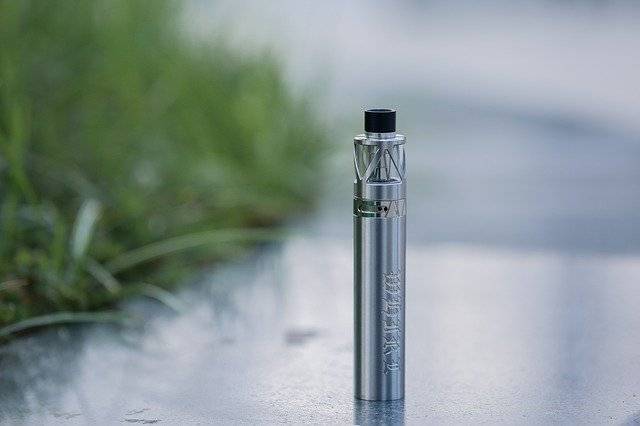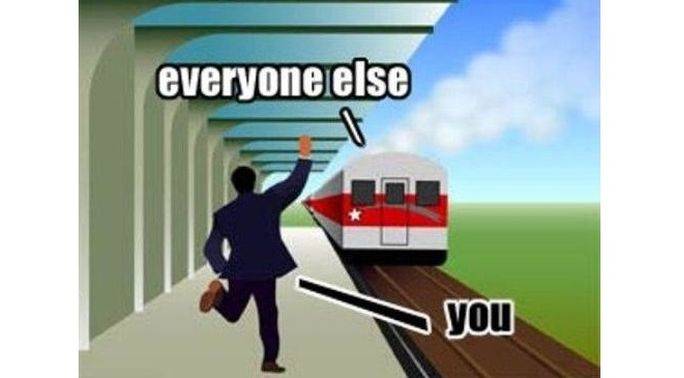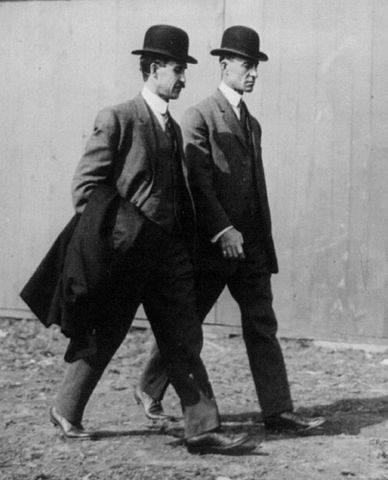This post was first published on 22nd August, 2014.
The Controller General of Patents, Designs and Trademarks (CGPDTM) published the revised draft guidelines for the examination of patent applications in the field of Pharmaceuticals on August 12, 2014. The main intention of said guidelines was to bring in a uniform practice for the examination of patent applications relating to the Pharmaceutical field.
Earlier in the month of February, the CGPDTM had published the draft guidelines with regard to this and had…









